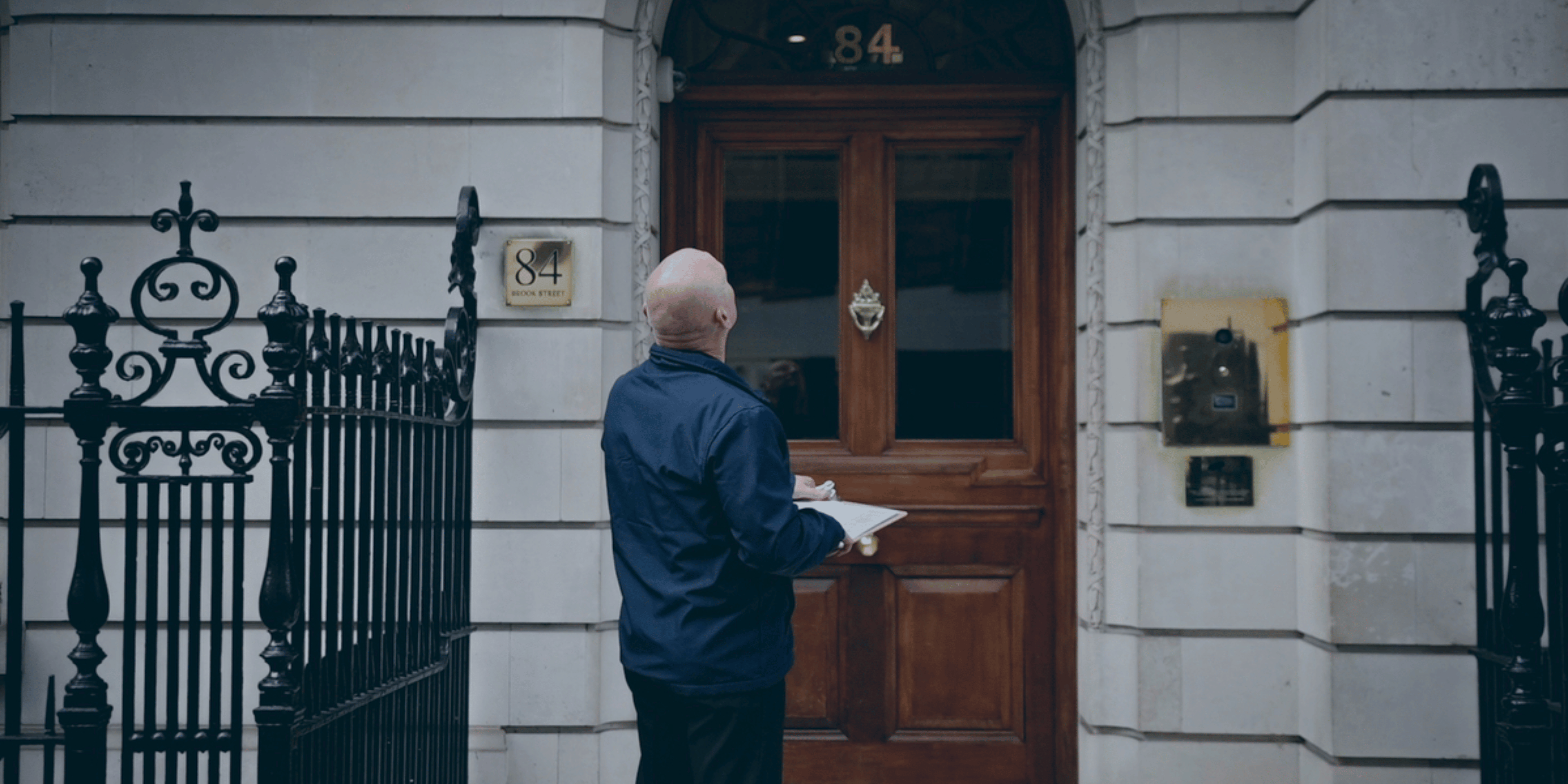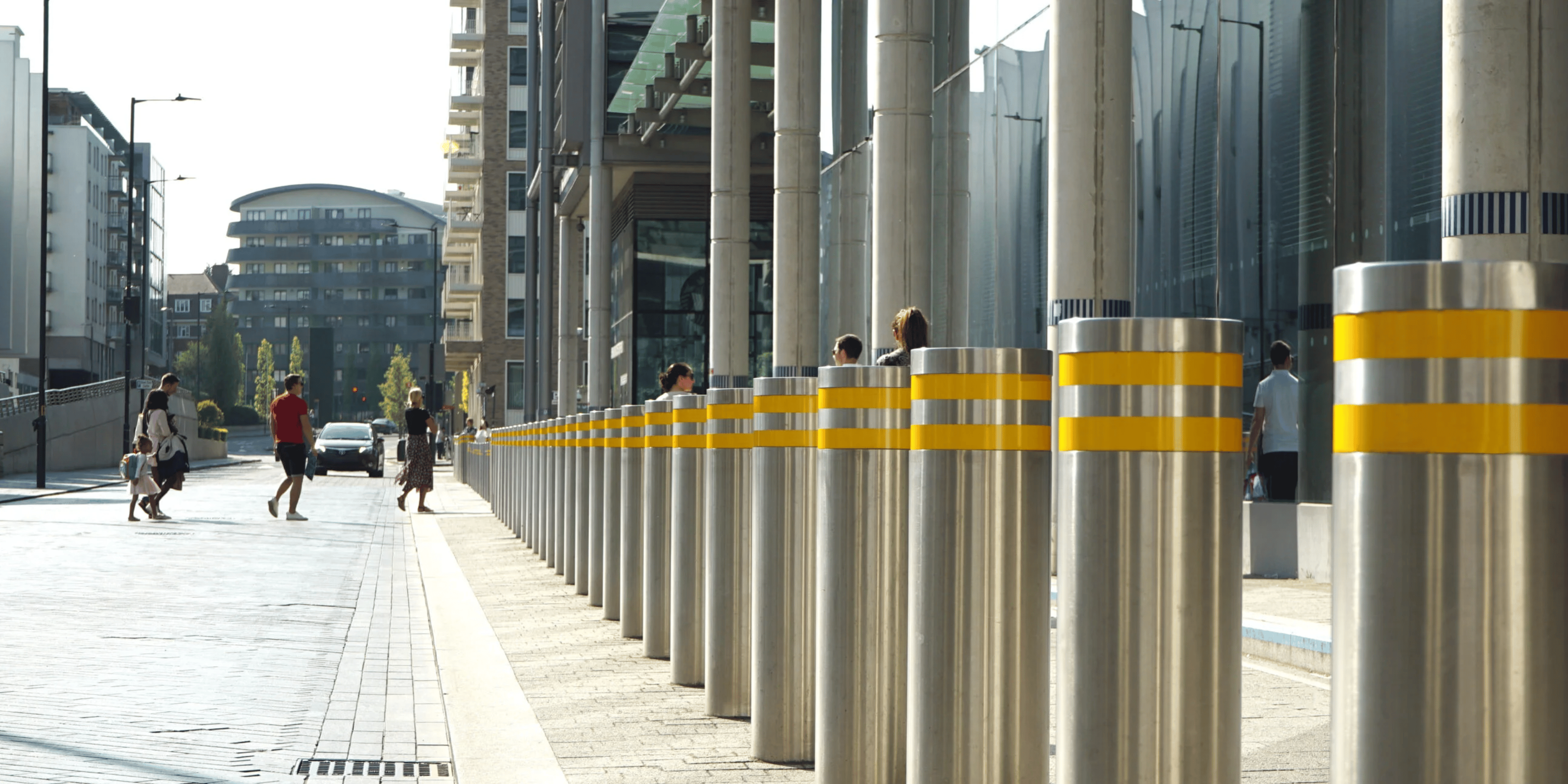
Implement Your Commercial CCTV System: A Step-by-Step Guide

Overview
The article presents a clear, verifiable fact: 92% of construction sites face theft, highlighting a critical security challenge. For businesses, this statistic underscores the necessity of robust security measures, as failing to address these vulnerabilities can lead to significant financial losses and operational disruptions. In practise, ignoring such risks can damage a company's reputation and hinder its long-term viability.
Priority First offers a pragmatic solution to these challenges, providing a comprehensive step-by-step guide for implementing a commercial CCTV system. This guide emphasises the importance of:
- Assessing security needs
- Exploring various types of CCTV systems
- Budgeting
- Executing the installation effectively
Each step is supported by practical advice, ensuring that businesses can enhance their security posture.
By integrating different camera types, companies can ensure effective monitoring and protection of valuable assets. The lesson is clear: early investment in security not only safeguards assets but also contributes to overall business resilience, preventing greater losses in the future.
Introduction
Understanding the security landscape of construction sites is critical, particularly as a staggering 92% of these locations experience theft and vandalism. This reality poses significant risks to valuable assets and can disrupt project timelines and budgets. The implication is clear: neglecting security can lead to substantial financial losses and operational setbacks.
By implementing a commercial CCTV system, stakeholders can effectively mitigate these risks and foster a safer working environment. However, navigating the complexities of installation and budget with the variety of CCTV systems available can be daunting.
This guide provides a comprehensive, step-by-step approach to assist construction professionals in securing their sites and enhancing overall safety.
Assess Your Construction Site Security Needs
Begin by conducting a thorough risk assessment of your construction location. The reality is that 92% of building locations encounter theft and vandalism, underscoring the necessity of this measure. Each year, the typical UK construction site faces losses surpassing £10,000 due to theft and damage, which highlights significant financial risks. Priority First's comprehensive access control systems can help regulate the flow of personnel and vehicles, ensuring that only authorised individuals have access to sensitive areas, thereby reducing risks.
Next, evaluate the layout of your location. Are there blind spots where surveillance is lacking? Make a note of these areas for equipment placement. Temporary commercial CCTV systems can be set up in less than 24 hours, ensuring immediate coverage for these critical zones. Integrating these systems with access control measures enhances the effectiveness of a commercial CCTV system, as demonstrated in Priority First's management of complex construction sites.
Consider environmental factors as well. Take into account lighting conditions, natural barriers, and the proximity of neighbouring properties. Poorly lit areas are particularly vulnerable; effective lighting can deter criminal activity and enhance camera effectiveness.
Engage with stakeholders, including project managers, safety personnel, and workers, to gather insights on concerns they may have observed. Their firsthand experiences can reveal vulnerabilities that may not be immediately apparent. Priority First highlights the significance of teamwork in recognising threats and applying customised solutions.
Finally, document your findings. Prepare a comprehensive report of your discoveries, emphasising critical areas that need monitoring and any unique challenges specific to your location. This documentation will serve as a foundation for , ensuring that all identified vulnerabilities are addressed effectively. Furthermore, consider performing a systematic review of safety policies to assess and enhance effectiveness. As a safety specialist noted, "For the construction sector, location protection is not an optional addition - it’s a vital component of any building endeavour." By adhering to these steps, you can greatly improve the security stance of your construction area, safeguarding valuable assets and preserving project timelines.
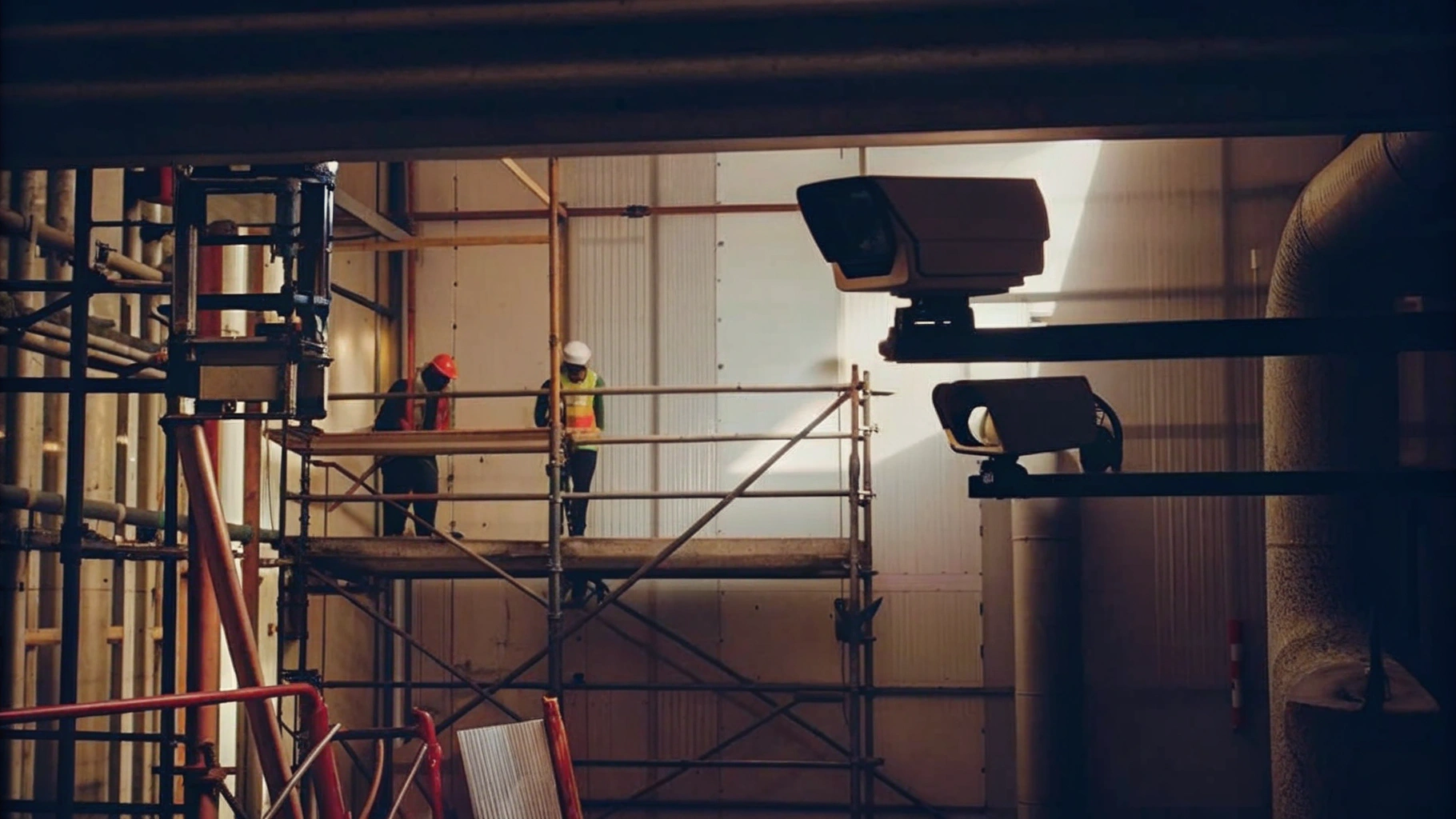
Explore Different Types of CCTV Systems
When considering a commercial CCTV system for construction sites, it is crucial to understand the various types available, each offering distinct features and benefits.
- Analogue CCTV Devices transmit video signals over coaxial cables. While these setups are typically more economical, they offer lower resolution compared to digital devices, making them suitable for basic monitoring needs.
- IP CCTV Networks utilise internet protocol for data transmission, providing significantly higher resolution, often up to 4K, and enabling remote access. This scalability is particularly advantageous for larger building locations where a commercial CCTV system is essential for thorough monitoring. Investing in a commercial CCTV system can yield improved long-term results, especially in environments where comprehensive oversight is critical. Priority First focuses on integrating the commercial CCTV system with existing security arrangements, ensuring minimal disruption while enhancing overall site safety through technical support and ongoing improvement.
- Wireless CCTV Systems simplify installation by eliminating extensive cabling. However, they may be more susceptible to interference, potentially affecting reliability in critical security applications.
- PTZ Devices offer the capability to remotely adjust angles and zoom levels, providing versatility for monitoring expansive areas, such as construction sites where movement is common.
- Thermal Devices are effective for nighttime monitoring and low-light conditions, identifying heat signatures and proving essential for securing locations after hours.
- Dome Devices are commonly used for indoor observation, as they are less noticeable and can be installed on ceilings or walls, offering discreet monitoring without compromising safety.
- Bullet Cameras are known for their weather-resistant design and long-distance capabilities, making them a preferred choice for outdoor monitoring and perimeter protection on construction sites.
When assessing these options, consider the specific requirements of your location and security objectives related to a commercial CCTV system. While analogue setups may be cost-effective for smaller projects, the —such as remote monitoring and higher resolution—can provide enhanced security and peace of mind. Real-world examples demonstrate that construction sites employing IP technologies have effectively mitigated theft and vandalism, underscoring the effectiveness of contemporary surveillance solutions. Furthermore, with Priority First's 24/7 CCTV monitoring service, your property will consistently be under surveillance, ensuring prompt responses to any suspicious activity.

Determine Your Budget and Cost Considerations
When determining your budget for a , it is crucial to consider several key factors that can significantly impact your security strategy.
- Initial Costs: This encompasses the price of cameras, recording equipment (DVR/NVR), installation fees, and necessary accessories like cables and mounts. For instance, a basic four-camera wired setup can range from £584 to £800, while an eight-camera arrangement may be priced between £1,000 and £1,200. The reality is that understanding these initial costs is essential for effective financial planning.
- Ongoing Costs: You must also factor in maintenance, software subscriptions, and potential monitoring fees. Annual monitoring and maintenance can average around £100, with remote monitoring subscriptions typically priced at £30 to £40 per month. Ignoring the ongoing costs of a commercial CCTV system could lead to budget overruns that affect overall project viability.
- Scalability: Consider whether your infrastructure can be expanded in the future. Investing in a scalable solution may save costs in the long term, allowing for the addition of cameras or features as security needs evolve. The lesson is clear: flexibility in your security setup can be a significant advantage.
- Quality vs. Cost: While it may be tempting to opt for the cheapest option, investing in higher-quality equipment can yield long-term benefits. Quality frameworks often provide improved resolution and durability, reducing the likelihood of malfunctions and the need for frequent replacements. In practice, this approach not only enhances security but also ensures better value over time.
Insurance discounts can be obtained by installing a commercial CCTV system, which can potentially lower your insurance premiums. Numerous companies report considerable savings, with certain insurers offering reductions of up to 20% for enhanced protective measures, which can offset installation expenses. This aspect underscores the financial wisdom of investing in security.
- Grants and Funding: Investigate local government grants or financial opportunities available for improving safety on construction sites. These can provide financial assistance, making it easier to implement a robust security system.
Creating a detailed budget plan that outlines all expected costs will help ensure you remain within your financial limits while effectively securing your construction site. This proactive approach not only safeguards your assets but also reinforces the overall resilience of your business.
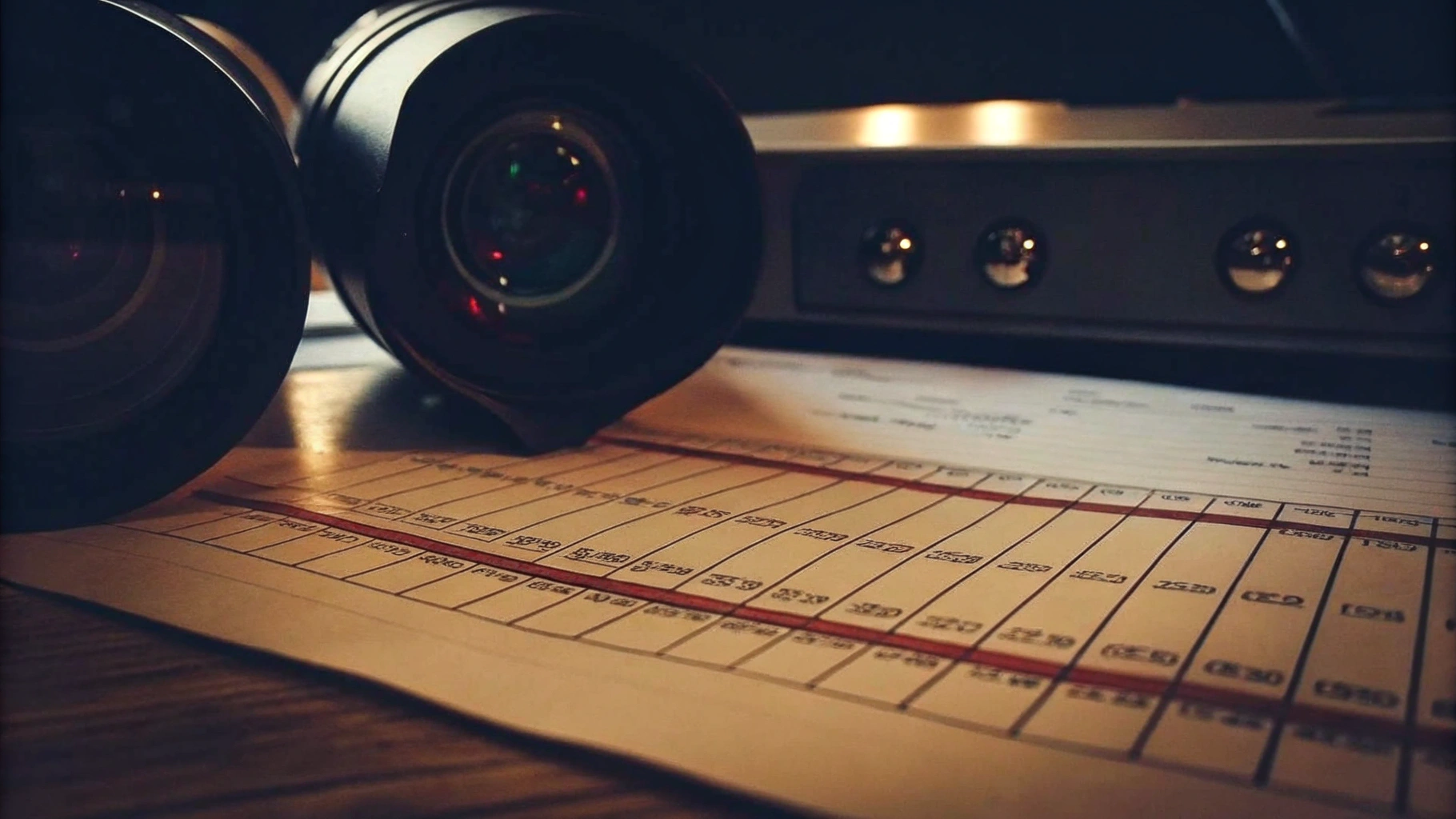
Plan and Execute Your CCTV Installation
To effectively plan and execute your CCTV installation, follow these steps:
- Create a Layout Plan: Begin with a layout plan that illustrates the positioning of each device. It is crucial to cover all vulnerable areas identified in your assessment. Strategic positioning is essential; for instance, stationary devices should oversee entry and exit points, while PTZ systems can provide broader coverage of larger spaces.
- Gather Necessary Equipment: Assemble all required gear, including photographic devices, cables, connectors, and installation tools. Environmental factors, such as lighting and obstructions, can significantly influence device performance and should be considered.
- Install Devices: Mount the units according to your layout plan. Ensure they are securely fastened and positioned to capture the desired field of view. Expert installation is advisable to guarantee adherence to legal regulations and optimal performance, particularly when integrating with existing security setups, as demonstrated in our case studies.
- Link to Power and Network: For wired setups, connect the cameras to power sources and the recording device. In the case of wireless networks, ensure a stable Wi-Fi connection. Consider employing solar-powered units for remote locations lacking mains power.
- Set Up Recording Equipment: Install and configure the DVR/NVR. Set it to record continuously or based on motion detection, depending on your security needs. Regular evaluations of performance are essential for maintaining reliability.
- Test the System: Conduct a thorough test of the system once installed. Check camera angles, recording quality, and remote access capabilities. This step is vital to identify any overlooked issues that could lead to security breaches.
- Train Staff: Educate relevant personnel on how to operate the setup, access footage, and . Adequate training ensures that staff can efficiently manage the setup and respond swiftly to any occurrences.
- Document the Installation: Maintain a detailed record of the installation process, including camera locations and settings. This documentation will be invaluable for future reference and maintenance.
Statistics indicate that efficient CCTV setups can significantly reduce crime at building locations, with a notable decrease in theft and vandalism occurrences. By adhering to these steps, you can ensure a successful CCTV setup that enhances the safety of your construction site. Priority First's expertise in integrating services with existing systems, along with our proven track record in similar projects, will further strengthen your security measures.
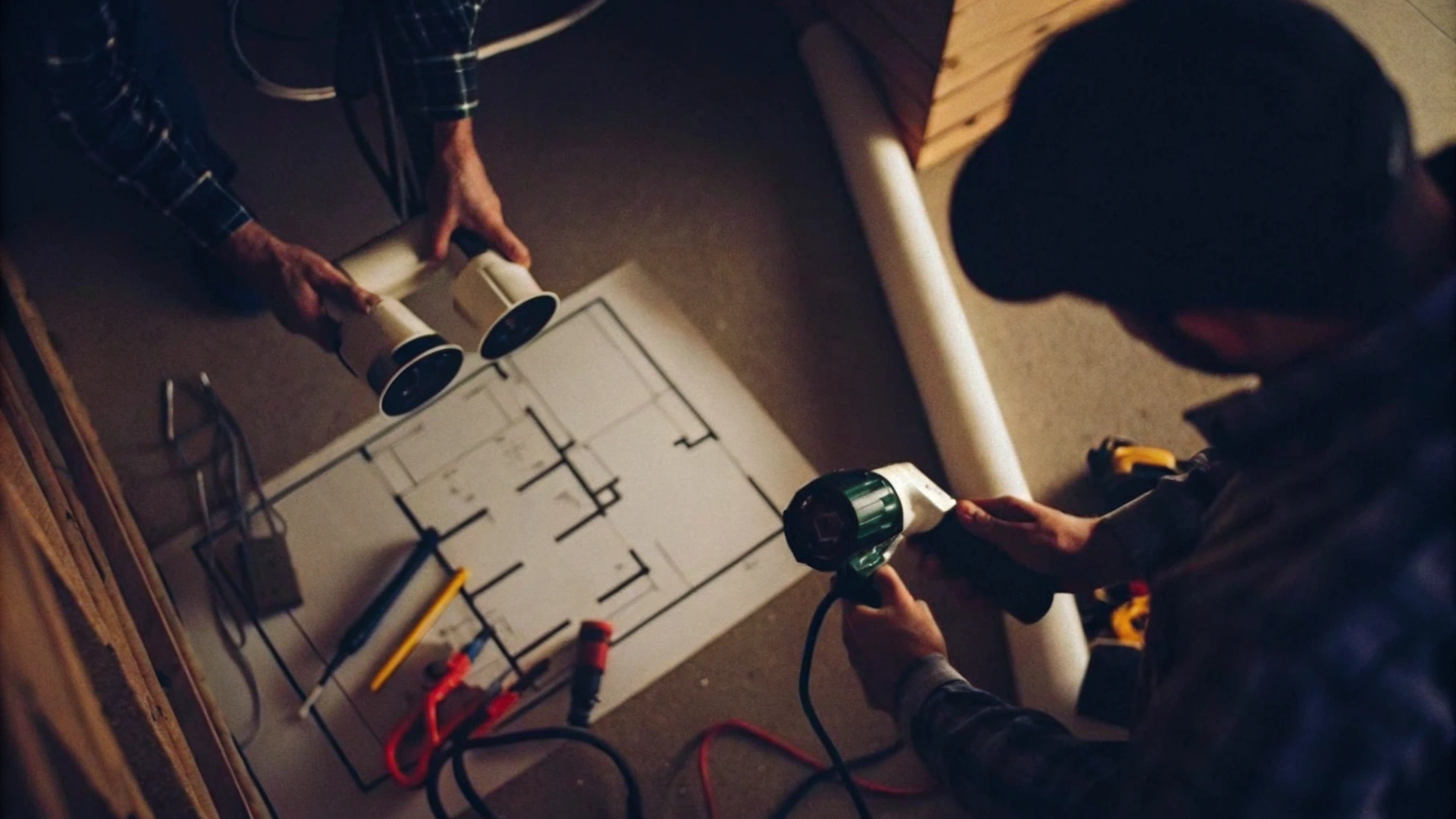
Conclusion
Implementing a commercial CCTV system is a critical measure for safeguarding construction sites, where the risks of theft and vandalism are significant. Understanding the unique security needs of a construction environment and selecting the appropriate CCTV technologies allows businesses to enhance their protective measures effectively. This guide outlines a systematic approach to assessing security requirements, selecting the right equipment, budgeting wisely, and executing a successful installation.
Key insights from this discussion underscore the necessity of conducting a thorough risk assessment, exploring various types of CCTV systems, and evaluating both initial and ongoing costs. The examination of different camera types—from analogue to advanced IP solutions—illustrates how tailored technology can address specific security objectives. Moreover, grasping budget considerations, including potential insurance savings and available grants, facilitates informed financial planning that can bolster overall project viability.
In conclusion, the implementation of a commercial CCTV system not only safeguards valuable assets but also cultivates a safer working environment. By adhering to the outlined steps and prioritising security, construction sites can effectively mitigate risks. Embracing these measures is not merely a prudent decision; it is an essential investment in the future of any construction project. Taking action today ensures a more secure tomorrow, reinforcing the notion that proactive security measures are indispensable in the construction industry.
Frequently Asked Questions
What is the first step in assessing construction site security needs?
The first step is to conduct a thorough risk assessment of the construction location, as 92% of building locations encounter theft and vandalism.
What are the financial implications of theft and damage on construction sites?
Each year, the typical UK construction site faces losses exceeding £10,000 due to theft and damage, highlighting significant financial risks.
How can access control systems improve construction site security?
Comprehensive access control systems can regulate the flow of personnel and vehicles, ensuring that only authorised individuals have access to sensitive areas, thereby reducing risks.
What should be evaluated regarding the layout of the construction site?
The layout should be evaluated for blind spots where surveillance is lacking, and these areas should be noted for equipment placement.
How quickly can temporary commercial CCTV systems be set up?
Temporary commercial CCTV systems can be set up in less than 24 hours, providing immediate coverage for critical zones.
Why is integrating CCTV systems with access control measures beneficial?
Integrating these systems enhances the effectiveness of a commercial CCTV system, as it allows for better monitoring and control of access to sensitive areas.
What environmental factors should be considered for construction site security?
Consider lighting conditions, natural barriers, and the proximity of neighbouring properties, as poorly lit areas are particularly vulnerable to criminal activity.
How can engaging stakeholders improve security assessments?
Engaging with project managers, safety personnel, and workers can provide insights on concerns they may have observed, revealing vulnerabilities that may not be immediately apparent.
What should be done with the findings from the security assessment?
Document the findings in a comprehensive report, emphasising critical areas that need monitoring and unique challenges specific to the location. This will serve as a foundation for implementing customised protective measures.
Why is location protection considered vital in the construction sector?
Location protection is not an optional addition but a vital component of any building endeavour, as it helps safeguard valuable assets and preserve project timelines.


